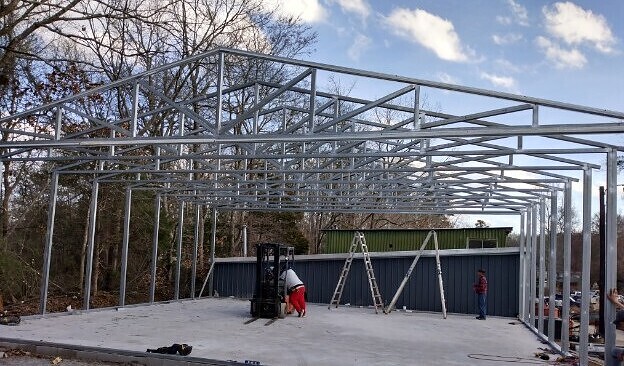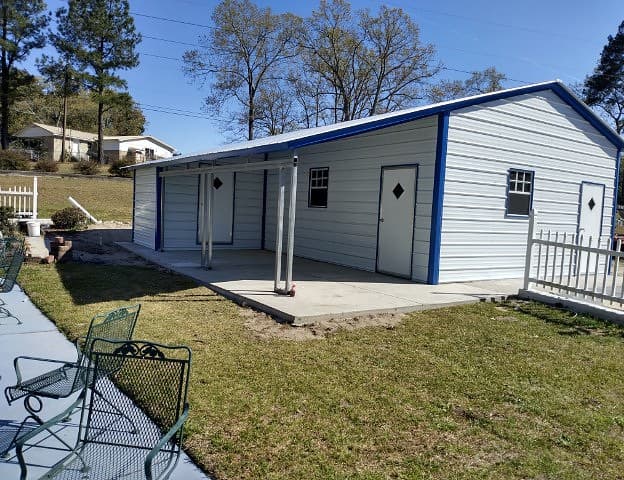Learn about the International Building Code, the importance of obtaining building permits, and the potential consequences of failing to comply with regulations. Working with a professional builder who is knowledgeable about these regulations is recommended to ensure a safe and legal construction project.
We understand that when it comes to metal buildings, it is essential to be knowledgeable about building codes and permits. These codes and permits are in place to ensure safety, quality, and adherence to local regulations. In this article, we will provide you with basic overview on metal building codes and building permits to help you navigate the process.
Metal Building Codes

The International Building Code (IBC) is the widely recognized standard for the construction industry in the United States. It provides a comprehensive set of regulations for the design, construction, and maintenance of commercial and residential buildings. The IBC is regularly updated to ensure it is up to date with the latest building technology and practices.
When it comes to metal buildings, the IBC provides specific guidelines to ensure that the building is safe and structurally sound. Some of these guidelines include:
- Load Requirements: Metal buildings must be designed to withstand specific loads such as wind, snow, and seismic activity. The IBC provides specific load requirements that metal buildings must adhere to.
- Fire Resistance: Metal buildings must be designed to withstand fire hazards. The IBC provides guidelines on fire-resistant materials and designs.
- Accessibility: Metal buildings must be designed to be accessible to all individuals, including those with disabilities. The IBC provides guidelines on accessibility requirements.
Building Permits

In addition to adhering to building codes, it is essential to obtain the necessary building permits before beginning construction on your metal building. Building permits are issued by local governments and are required for most construction projects.
To obtain a building permit, you will need to submit a set of construction plans and specifications to your local government. These plans will be reviewed by building officials to ensure they meet all building codes and regulations. Once approved, you will be issued a building permit, which will allow you to begin construction.
It is essential to note that building permits can be time-consuming and may require additional fees. However, failure to obtain the necessary building permits can result in fines, penalties, and even legal action. Check out this great post about working with a dealer to help you with the process.
Conclusion
In conclusion, understanding metal building codes and building permits is crucial when it comes to constructing a safe and durable metal building. Adhering to these regulations will not only ensure the safety of your building but will also help you avoid fines, penalties, and legal action.
If you are planning to construct a metal building, we highly recommend working with a professional builder who is knowledgeable about building codes and permits. They will be able to guide you through the process and ensure that your building is up to code.
graph LR A(Metal Building Codes) -- Provides --> B(Load Requirements) A(Metal Building Codes) -- Provides --> C(Fire Resistance) A(Metal Building Codes) -- Provides --> D(Accessibility) B(Load Requirements) -- Adherence --> E(Metal Building) C(Fire Resistance) -- Adherence --> E(Metal Building) D(Accessibility) -- Adherence --> E(Metal Building) E(Metal Building) -- Requires --> F(Building Permits) F(Building Permits) -- Review --> G(Building Officials) G(Building Officials) -- Approval --> H(Building Permit) H(Building Permit) -- Allow --> E(Metal Building)



Recent Comments